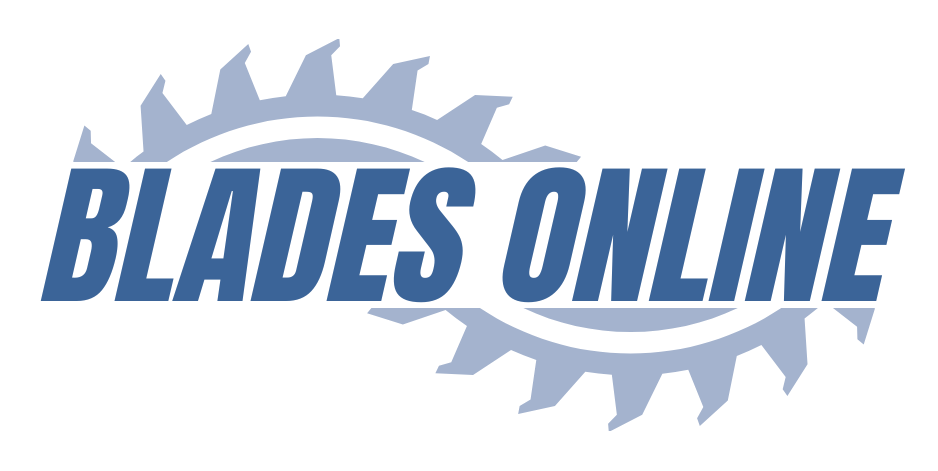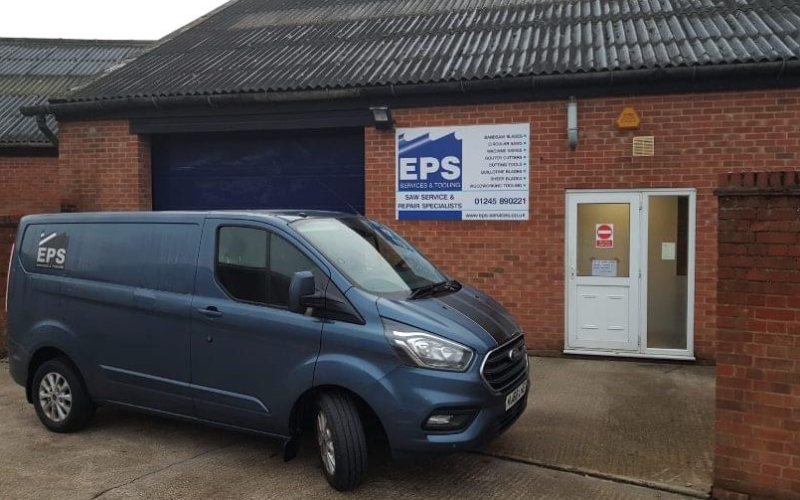How To Choose The Right Bandsaw Blade
At EPS Services & Tooling, we are specialists in bandsaw blades. Over the past 35 years, we have evolved from sharpening and maintenance to manufacturing and supply. This gives us a unique edge in the UK, being one of the only companies that offer this specific range of services. It also puts us in the best position to help you identify the best bandsaw blade for you. Depending on the type of timber you need to cut through, the type of cuts you need to achieve and the range of options available to you, we’re here to help. Which is why we’ve pulled together this guide to help you understand the different factors to consider when it comes to buying your own bandsaw blade.
What to Consider
Length
As manufacturers, we can produce bandsaw blades in a wide range of lengths. The exact type that you need will, however, depend on the machine you’re using it with. This information should be available in your machine manufacturing manual. Alternatively, we recommend getting in contact with the manufacturer for this information. A bandsaw blade that is too long will not be able to be installed and will result in a loss of money and productivity.
Width
The width bandsaw blade that is best suited to your project will depend on the type of cuts you need to make. A general rule of thumb is to always choose the widest blade available for you that can achieve the cuts you want. This is particularly important when cutting curves or non-straight lines. The smaller the width of your blade, the smaller the radius that you can successfully cut will be. So, for a radius of 3/16″, you will want to use a blade width of ⅛” max. Larger width blades are ideally suited to resawing or cutting straight lines.
Consider the job at hand and future projects you expect to work on. It may be that selecting several bandsaw blades to keep in your kit is the most appropriate. This way, you can swap and change as your needs alter.
Below is a chart showing the suggested radius cut achievable with several common blade widths:
| WIDTH OF BLADE | ACHIEVABLE RADIUS CUT |
|---|---|
| 1 / 8″ | 3 / 16″ |
| 1 / 4″ | 5 / 8″ |
| 1 / 2″ | 2-5 / 8″ |
| 3 / 4″ | 5-1 / 2″ |
TPI
The TPI (Teeth-Per-Inch) is a measurement that shows how many teeth are formed on a blade per inch measurement. This information allows us to identify what materials the blade is more suitable for. When choosing a bandsaw blade, we always recommend considering this factor. Some woods are soft and easier to cut through, such as pine or cedar while oak, walnut, and beech present more of a challenge. Taking into account the TPI will reduce the risk of blade breakages, premature dulling, and inaccurate cuts.
As a rule of thumb, a blade with a higher TPI will give a smoother and more refined cut. One with a lower TPI will produce a rougher finish. High TPI blades work best with thinner materials but generally require a slower feed rate to prevent damage. Low TPI blades are ideal for cutting through thicker materials and can do so at a higher feed rate but will give a less finished cut. Our recommendations are:
- Resawing or cutting thicker materials = 2 or 3 TPI blade.
- General wood cutting = 4 TPI blade.
- Slower, smooth cutting = 14 TPI blade.
- General-purpose performance – 6 to 8 TPI blade.
- Thinner materials = 18 to 32 TPI blade.
If you have a specific project or material in question, our team can help match you with the right TPI rating.
Thickness
During cutting, your blade is put under flex, heat, and pressure. If it does not have the thickness to withstand this, metal fatigue will occur and damage is more likely. In general, the thickness of your blade will depend on the diameter of the wheels you’re using. You also need to take into account the project in hand, the type of cut you need to achieve, and the material that you are using.
Thicker blades are more suited to harder materials but, due to the pressure needed to make them work, are at a greater risk of bending and twisting. Thinner blades are best for lighter work but again, can be damaged if used with the wrong material. Our recommendations for thickness are:
| WHEEL DIAMETER | THICKNESS |
|---|---|
| 4 – 6″ | .014″ |
| 6 – 8″ | .018″ |
| 8 – 10″ | .020″ |
| 11 – 18″ | .025″ |
| 18 – 24″ | .032″ |
| 24 – 30″ | .035″ |
| 30+ | .042″+ |
Tooth Type
Finally, you need to consider the tooth type of a blade and its suitability to your project. There are 3 main types of bandsaw blade tooth type – Regular, Skip and Hook.
Regular
Regular tooth blades are generally found in higher TPI’s and are ideal for using to achieve smooth cuts in most woods. They are general-purpose and more suited to thinner materials.
Skip
Skip tooth blades are more widely spaced apart and have a 0degree rake angle. This prevents clogging when cutting softwoods, certain metals, and plastics.
Hook
Hook tooth blades have larger teeth and a 10-degree positive rake angle. This allows them to pass through woods with more ferocity, achieving faster cutting rates. They are commonly used for harder or difficult-to-cut materials.
Choosing the Right Bandsaw Blade
Here at EPS Services & Tooling, we manufacture a range of high-quality and durable bandsaw blades to suit every need. Our online store is where you’ll find everything from mobile sawmilling blades, wood cutting narrow blades, and thin gauge narrow bandsaw blades through to metal cutting narrow bandsaw blades and wide bandsaw blades. We manufacture each one in-house, using industrial carbon quality steel, giving you increased durability and reassurance during every project.
If you would like help or advice on choosing the right bandsaw blade, get in contact with our team here today who will be happy to help.




